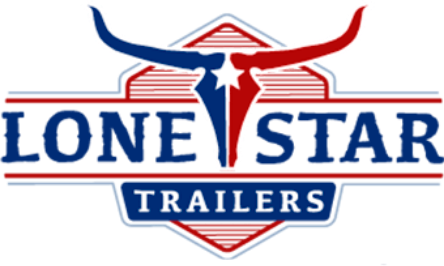Safe Transportation Tips For Livestock Trailers
If you own cattle, you don’t need us to tell you how important livestock trailers are for your operation! You need these vehicles for several reasons, such as taking an animal to the vet or traveling out of town for a show. To ensure you and your cattle get where you need to go with no issues, we recommend checking out our safe transportation tips below.
Use the Right Cattle Trailer
To ensure you’re ready for a safe trip, you have to make sure your trailer is the right one for the job. To determine this, you have to consider a few factors. Is the livestock trailer big enough for the number of animals you have to transport? Does it have the right kind of loading ramp for your stock? Is the slope of the ramp gradual enough for the animals to safely walk up? Does it have a floor made of non-slip material that also limits excess noise that can agitate cattle? If you’ve got the right trailer, it’ll make your journey way easier for you and your animals.
Use the Right Tow Vehicle
Once you’ve established that the cattle trailer is the right fit for your needs, you have to make sure that the tow vehicle is also up for the task! Find out the gross combined vehicle weight of the tow vehicle to learn the amount of weight it can safely haul. This includes the weight of the cattle trailer, the cattle, any passengers, and cargo.
Inspect Your Equipment
Even if you have the best model of cattle trailer and tow vehicle, they can get run down over time. Always take time to conduct pre-trip inspections to ensure you catch brewing problems before you hit the road. Test the turn signals, brake lights, and tail lights to ensure none have burned out and need replacing. Measure the tire tread and air pressure to ensure they match the manufacturer's recommendations.
The livestock trailer floor should be clean and rust-free. Make sure there are no sharp objects jutting out from any place that could injure your animals. Inspect the electrical connections and wiring to ensure they are in good condition. If you spot any problems with your cattle trailer, get in touch with us at Hayes Trailer Sales for professional trailer repair and service.
Use Safe Loading Practices
Don’t load your animals into the trailer willy-nilly. You should have a plan in mind to distribute the weight as evenly as possible. Get the heaviest animals loaded in the area supported by the axle's front. Then follow with the lighter and smaller cattle.
You also want a strategy in place for how you’re going to tie and secure your stock in place in the trailer. Use a slip knot where you want to create a knot. When you tie, make sure it happens at the cattle's head height.
Use Safe Transportation Practices
Remember that once the tow vehicle is hitched to the loaded livestock trailer, it’ll have an increased braking time. To account for the change, you'll need to increase the distance you leave between yourself and other vehicles. Make sure you've got a good sense of how much time you'll need to stop and leave enough room to match.
Make sure you check the weather before you head out. That’s an essential part of staying safe on the road and ensuring your cattle stay healthy and happy during the trip. Finally, try to limit lane changes as much as possible. There are too many distracted drivers on the road and it's too easy to get into a collision when you change lanes. Pick a lane and stick to it as much as you can to help keep your ride safe.
Hopefully, this information will keep both you and your stock safe on the road! For more helpful livestock trailer tips—or to shop durable livestock trailer models—visit us here at Lone Star Trailers in Lacy Lakeview, Texas! Our expert staff will be happy to assist you with any of your trailer or towing needs, and we look forward to serving those nearby in Waco and Temple, Texas.
